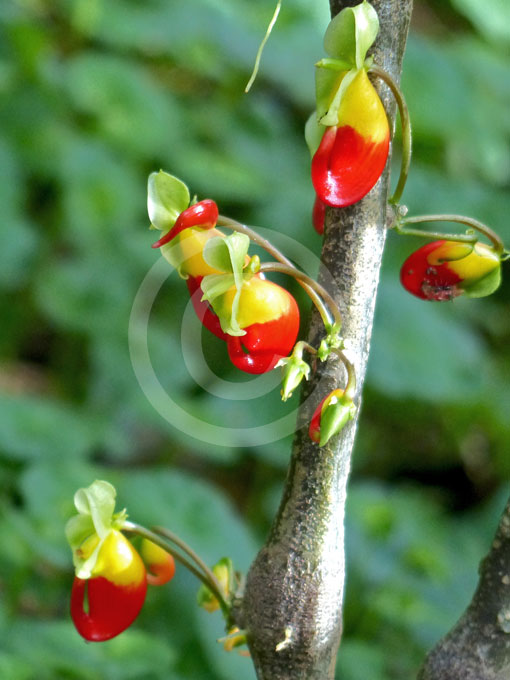
It is best to repot a parrot plant when the current container is becoming too small for it. Put the new cutting with roots in a fresh soil.It should take a few weeks before the roots start forming Remove the bottom leaves of the cutting.Cut below a node on the mother plant with sharp and clean shears.Cutting off those dead flowers allows the plant to preserve the energy to more healthy parts of the plant. It is best to prune a parrot plant when it has some dead leaves or flowers. If you suspect this issue, you will need to remove the plant from the current soil, remove any dead roots, and then place it into fresh dry soil. The two most common reasons root rot occurs are overwatering the plant and poorly draining soil. Root rot is a common disease for Parrot Impatiens. Ensure the plant is in a container with drainage holes to let the water flow out of it. In addition to that, you can shower the plant in a sink or bathtub, but make sure you don’t let the plant sit in sitting water for too long. You can also spray the plant with water and soap to remove any webs or bugs. Use a wet cloth and some neem oil to remove them and gently wipe down the plant to remove those bugs. If you notice the leaves dropping and see tiny buds on the plant, you need to remove them. An obvious sign of bugs is if the leaves begin to drop suddenly. Spider mites and aphids are common bugs that attack a Parrot Plant. The average height range for a Parrot Plant is from half a foot to 4 feet tall. What Size Does a Parrot Plant Grow to Typically? Overwatering can lead to root rot if the plant can’t absorb the water sitting at the bottom of the soil. Since the plant won’t be growing as much during this time, you want to be careful about overwatering the plant. You can scale back your watering to once or twice a month during the winter for a congo cockatoo. If you notice that the top inch or two of soil is dry, you can increase the amount of water you give the plant. During the warmer climates, you should water this plant once a week. Parrot plants enjoy their soil moist but never soggy. How Often Should You Water a Parrot Plant? There is no need to place this plant in your bathroom with a shower or put a humidifier next to it to promote growth. What Humidity Requirements Does the Parrot Plant Need?Ī Parrot Plant does fine in average humidity environments in your home. However, anything less than that temperature can cause problems, so consider bringing it into your home. If you keep this plant outdoors in a garden, it can tolerate temperatures getting to as low as 40 degrees Fahrenheit. That temperature works best during the growing season, the spring and the summer. The ideal temperature for a Congo Cockatoo plant is in a 60-85 degree Fahrenheit range to have new growth. What Temperature Works Best for a Congo Cockatoo plant?
CONGO COCKATOO PLANT FULL
If you have this as an indoor plant, consider putting a curtain over the window to reduce any full sun on the plant. Leaving the plant in an area with direct sunlight can scorch the leaves, so be on the lookout for that. How Much Sunlight Does a Parrot Beak Plant Need?Ī parrot beak plant does best in partial shade environments.

You want to introduce the plant to the extra boost of nutrients gradually, or else it might struggle to absorb everything at once. The general recommendation is to give half as much liquid fertilizer when you start and immediately add water to reduce burning. You can fertilize this plant with a liquid fertilizer during the growing season. Having drainage holes and soil that drains well helps reduce the risk of root rot. In addition to the well-draining potting mix, you want to place this plant in a container that has good drainage holes. What Soil Works Best for Parrot Beak impatiens?Ī regular potting mix that drains well works great for this plant.
CONGO COCKATOO PLANT HOW TO
Here is the complete breakdown of how to care for a Congo Cockatoo plant! This tropical plant is perfect for beginners looking to get into plant care. Are you looking to add a plant with beautiful green leaves and a splash of orange color to your garden plant collection? If so, then a Parrot’s Beak impatiens might be the answer.


 0 kommentar(er)
0 kommentar(er)
